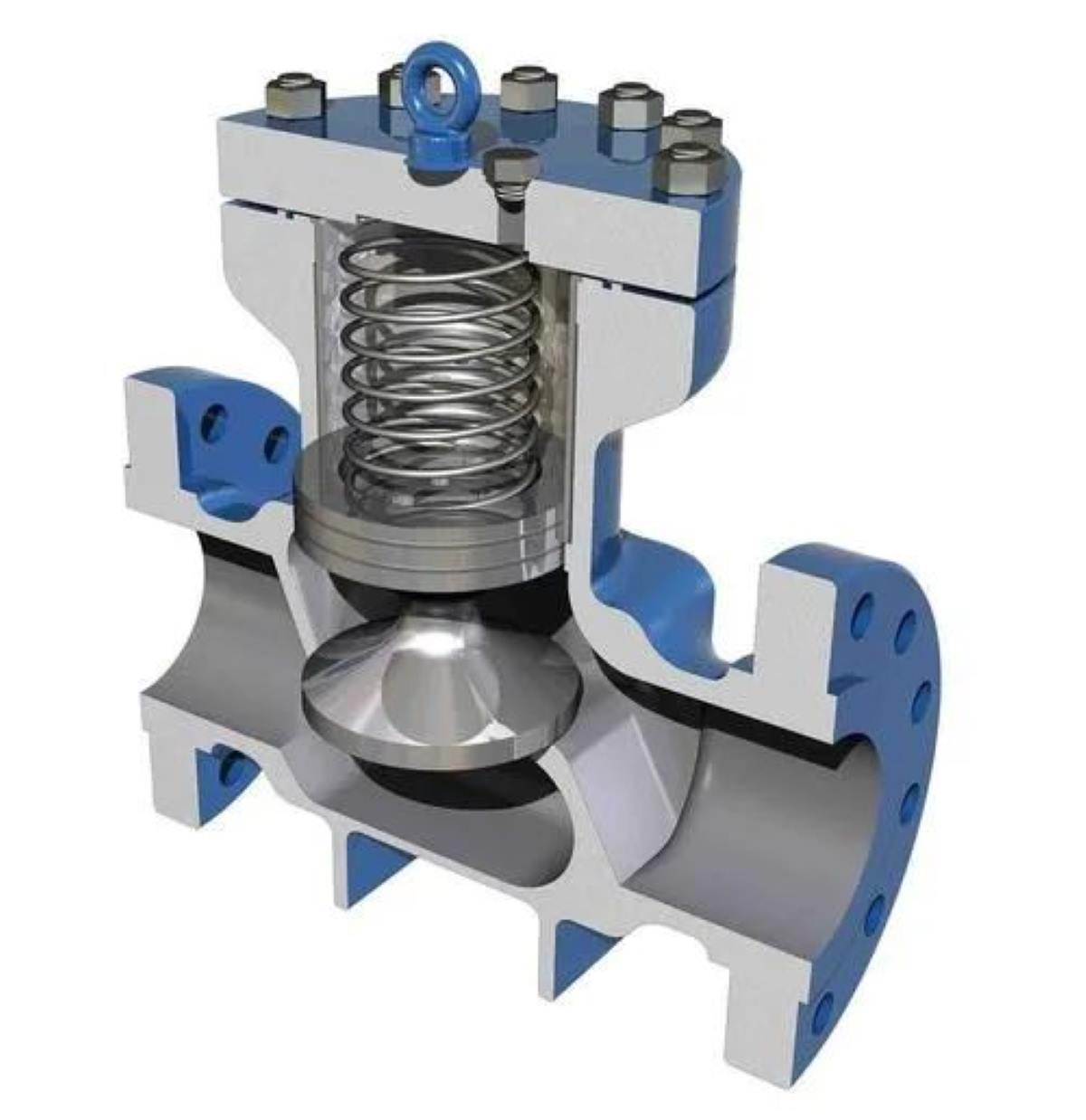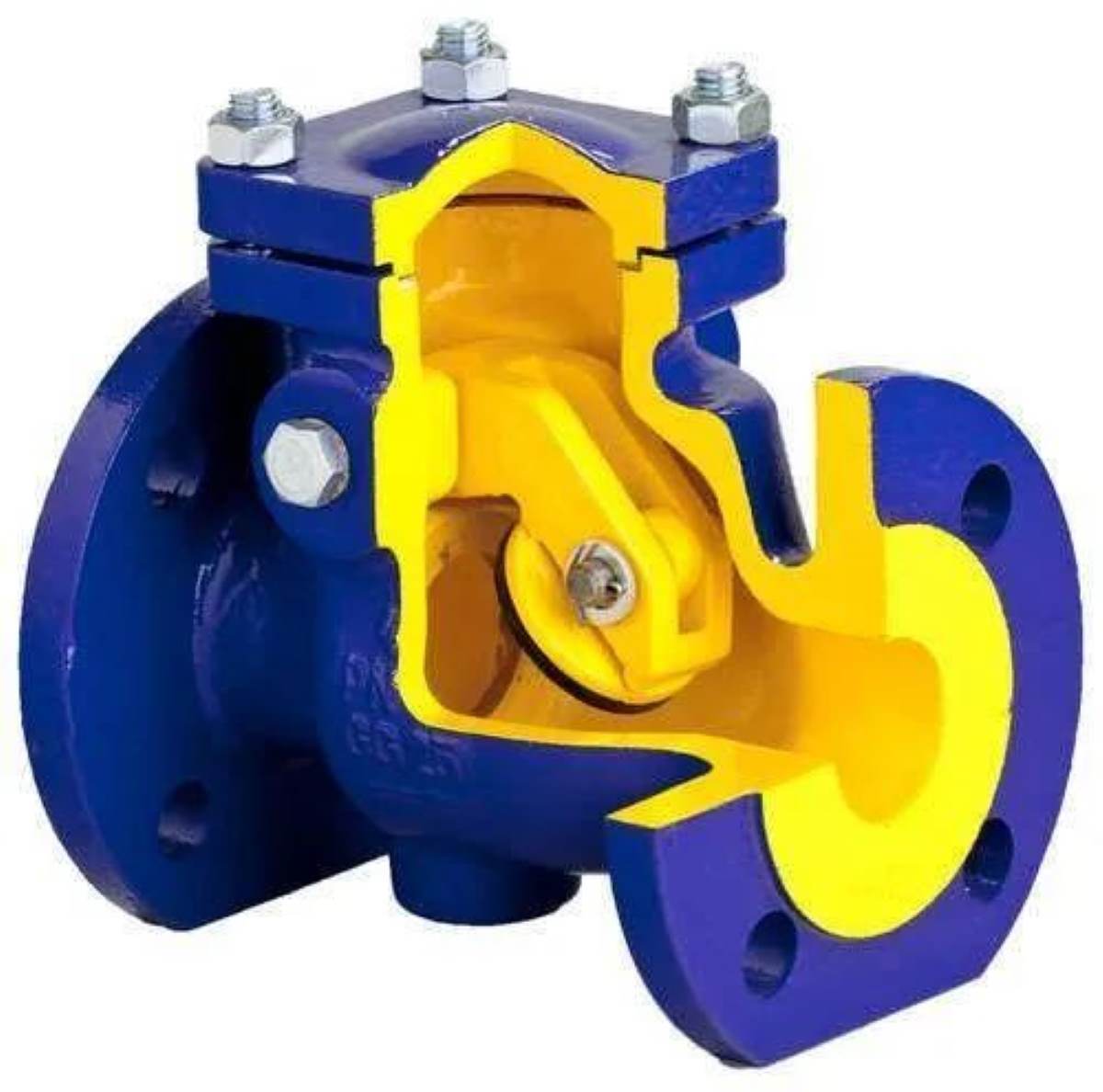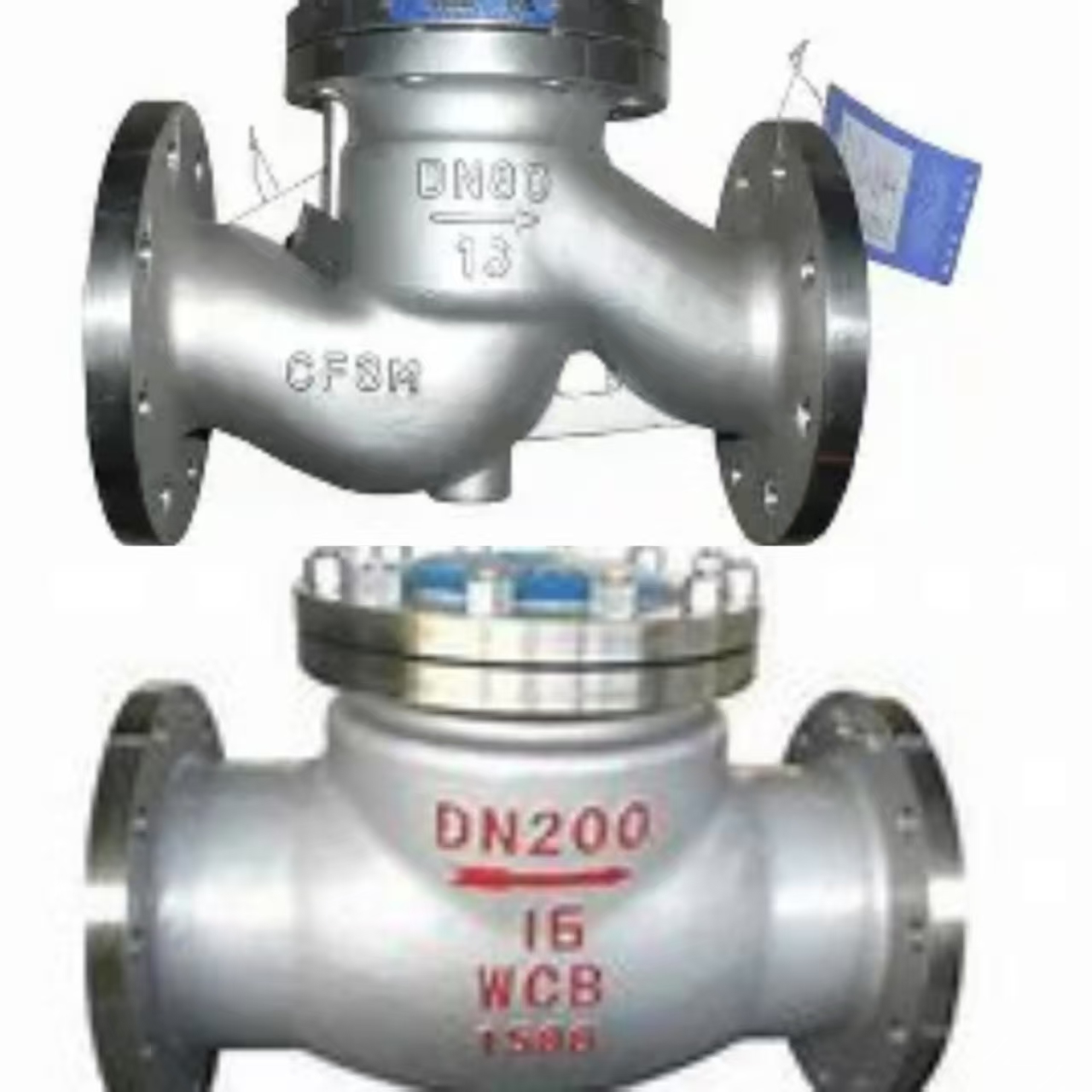If you work with fluid systems—whether in water treatment, steam piping, or chemical plants—there’s a good chance you’ve come across check valves. These devices do a simple job: they let fluid flow one way and stop it from going back the other way. It’s like a one-way street for liquids or gases.
Among the many types out there, two of the most common are the swing check valve and the lift check valve. They both prevent backflow, but they do it in different ways and suit different kinds of systems.
In this article, we’ll walk you through how they work, compare their strengths and weaknesses, and help you decide which is right for your setup.
一.How They Work: Swing vs. Lift Check Valves
Let’s kick things off by looking at how these two valves are built and how they operate. Understanding the mechanism is the key to knowing where each valve shines.
Structure and Operation
|
Feature |
Swing Check Valve |
Lift Check Valve |
| Main Mechanism | A disc swings open or shut like a door | A disc lifts vertically off the seat and drops back down |
| Opening | Flow pressure pushes the disc to swing open | Flow pressure lifts the disc straight up |
| Closing | Gravity or reverse flow swings the disc shut | Gravity and reverse pressure drop the disc back into place |
| Motion Type | Rotational (around a hinge) | Vertical linear (up/down movement) |
Swing Check Valve:
It has a disc attached to a hinge pin. When fluid flows forward, it pushes the disc out of the way. If flow reverses, the disc swings back to block the opening. It’s a simple, effective design that works well in systems with consistent flow direction and low turbulence.
Lift Check Valve:
This one resembles a poppet-style valve. The disc sits directly above the flow path. When the pressure is strong enough, the fluid lifts the disc. If the pressure drops or reverses, the disc falls back down onto the seat, sealing the valve shut.
二.Performance Comparison
Knowing how they work is one thing—but how do they actually perform in real systems? Here’s how swing and lift check valves stack up in key performance areas:
Flow Resistance
Swing Valves: They have a wide, streamlined path with minimal internal parts obstructing flow. This means lower pressure drops and better energy efficiency, especially important in large pipelines.
Lift Valves: Due to the 90-degree path change and tighter internal geometry, lift check valves create more resistance. That means a higher pressure drop across the valve.
Sealing and Leakage Control
Lift Valves: Offer excellent sealing thanks to the vertical disc-seat alignment. The disc lands squarely on the seat, creating a tighter and more reliable seal.
Swing Valves: The swinging disc might not always land perfectly, especially over time as it wears from constant use and impact. This can lead to leaks in older systems.
Installation Flexibility
Swing Valves: Can be installed horizontally, vertically (if the flow goes from bottom to top), or even at an angle. They’re much more forgiving when it comes to layout.
Lift Valves: Must be installed with proper alignment. Horizontal-lift valves only go on horizontal pipes, and vertical ones only work when the flow moves upward.
Maintenance and Durability
Swing Valves: Simpler structure and fewer moving parts make them easier to maintain. However, the swinging disc can slam shut and wear faster in turbulent flow conditions.
Lift Valves: Slightly more complex and require tighter tolerances. The disc movement must remain smooth for proper sealing, so they may need more attention over time.
三.Application Scenarios
Both types of valves are widely used across industries—but not always in the same situations. Here’s a breakdown of where they typically perform best:
Swing Check Valve Applications
1.Water treatment and distribution: Ideal for handling large volumes in municipal waterworks.
2.Oil and gas pipelines: Handles high pressures and large pipe diameters well.
3.Pump discharge lines: Prevents backflow damage to pumps in systems with intermittent flow.
4.Power generation: Used in boiler feedwater and cooling systems.
Lift Check Valve Applications
1.Steam systems: Excellent for high-temperature and high-pressure steam where tight sealing is key.
2.Hydraulic circuits: Prevents reverse pressure damage in closed-loop systems.
3.Pharmaceuticals and chemical processing: Suitable for clean, corrosive, or high-purity fluids that need precise flow control.
4.Compressed air and gas systems: Effective in systems where air hammer or pressure surges may occur.
四.Pros and Cons Summary
Here’s a quick-reference comparison of the major advantages and drawbacks:
|
Feature |
Swing Check Valve |
Lift Check Valve |
| ✅ Low pressure drop | ✅ | ❌ |
| ✅ Good sealing | ❌ | ✅ |
| ✅ Easy to install | ✅ | ❌ |
| ✅ Suitable for large pipes | ✅ | ❌ |
| ✅ Better for clean, high-pressure media | ❌ | ✅ |
| ❌ Less precise sealing | ✅ | ❌ |
| ❌ Sensitive to orientation | ❌ | ✅ |
| ❌ Noisy under turbulent flow | ✅ | ❌ |
五.Choosing the Right Valve: What to Consider
If you’re deciding between a swing or lift check valve, here are a few questions to guide your choice:
1.What’s the pipe size?
Large diameter: Go swing.
Small to medium: Lift is better.
2.How important is a tight seal?
Critical (e.g., steam, gas): Choose lift.
General fluid flow: Swing is fine.
3.Do you have limited installation options?
Yes: Swing valves offer more flexibility.
No: Either can work.
4.Is energy efficiency a concern?
Yes: Swing valves usually have lower flow resistance.
5.Is the fluid clean or dirty?
Dirty or viscous: Swing valves can handle debris better.
Clean or chemically sensitive: Lift valves provide more precision.
六.Final Thoughts
Swing and lift check valves may seem like two flavors of the same thing—but when you get into the details, they’re quite different. The swing valve is the flexible, easygoing choice for big systems and general-purpose flow. The lift valve, on the other hand, is the specialist: tight-sealing, high-precision, and ideal for demanding conditions.
There’s no one-size-fits-all answer. The right valve depends on your fluid, pressure, installation space, and operational needs. But now, you’ve got the full picture—and you’ll be ready to make the right call for your system.
Post time: Aug-20-2025






